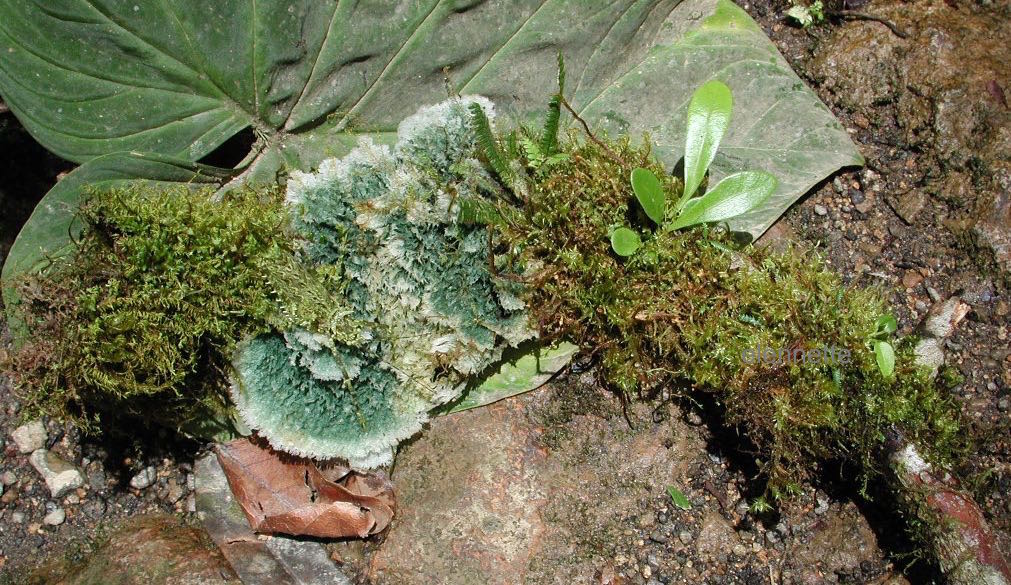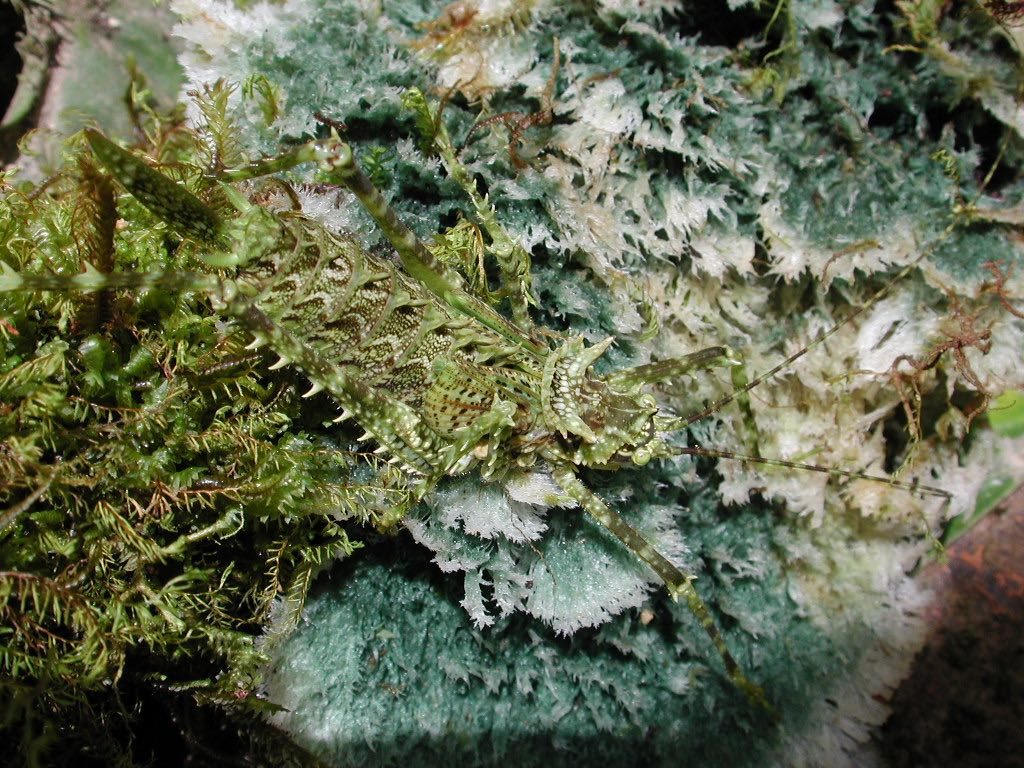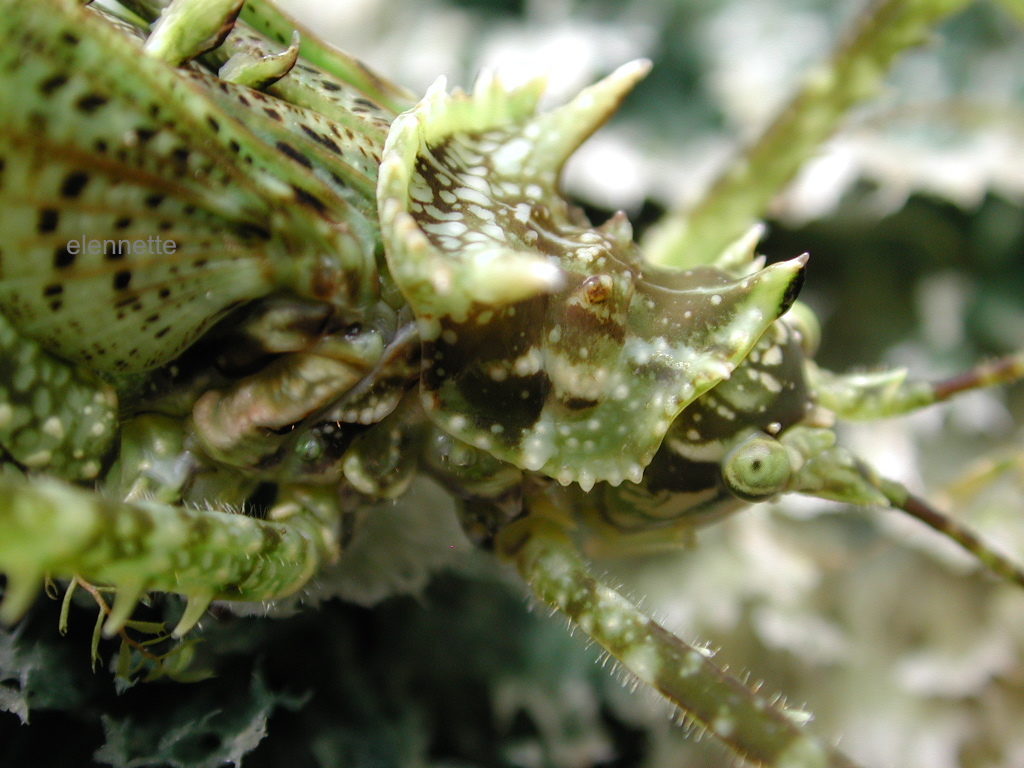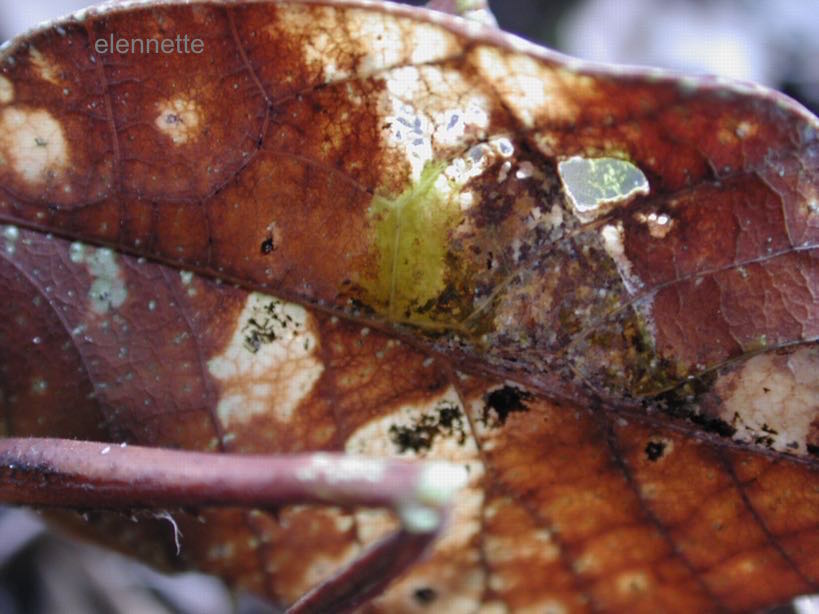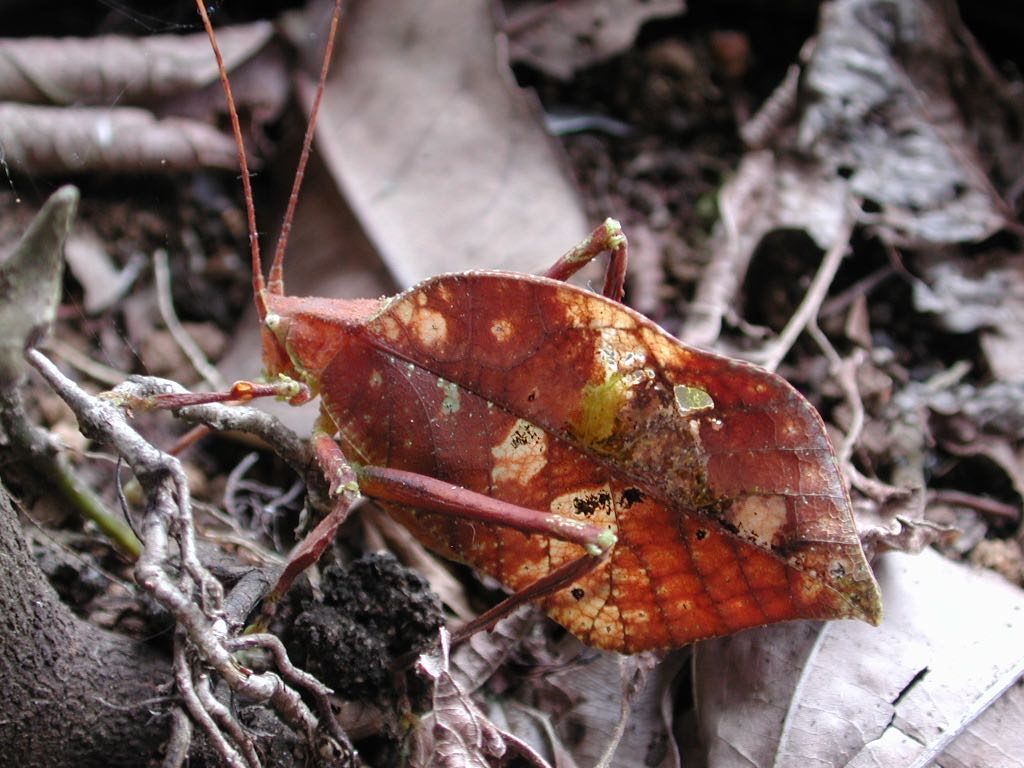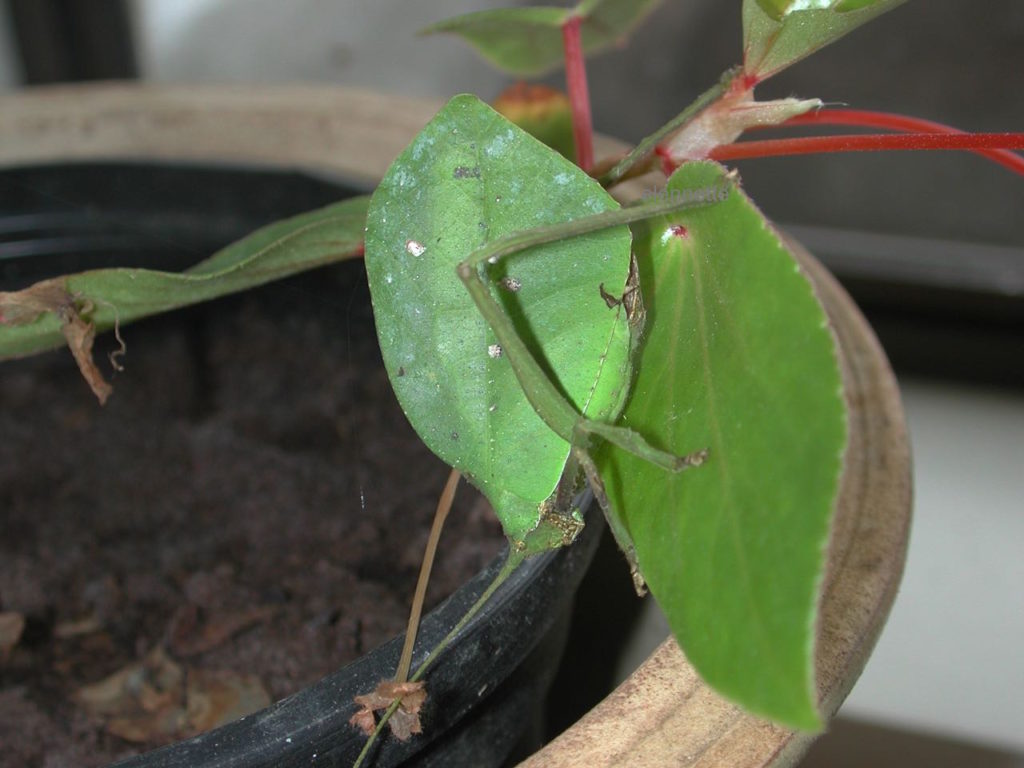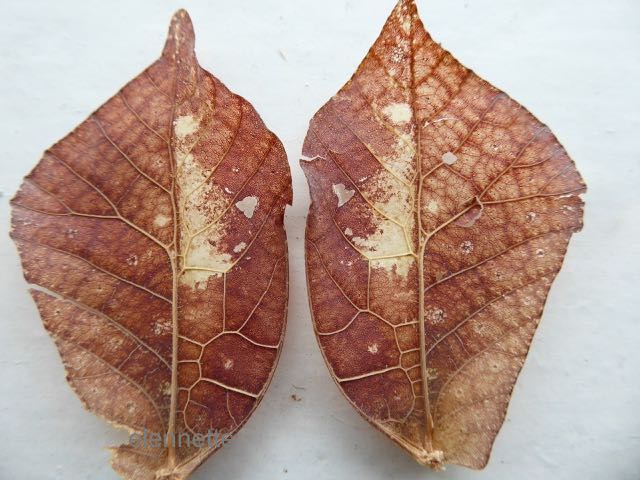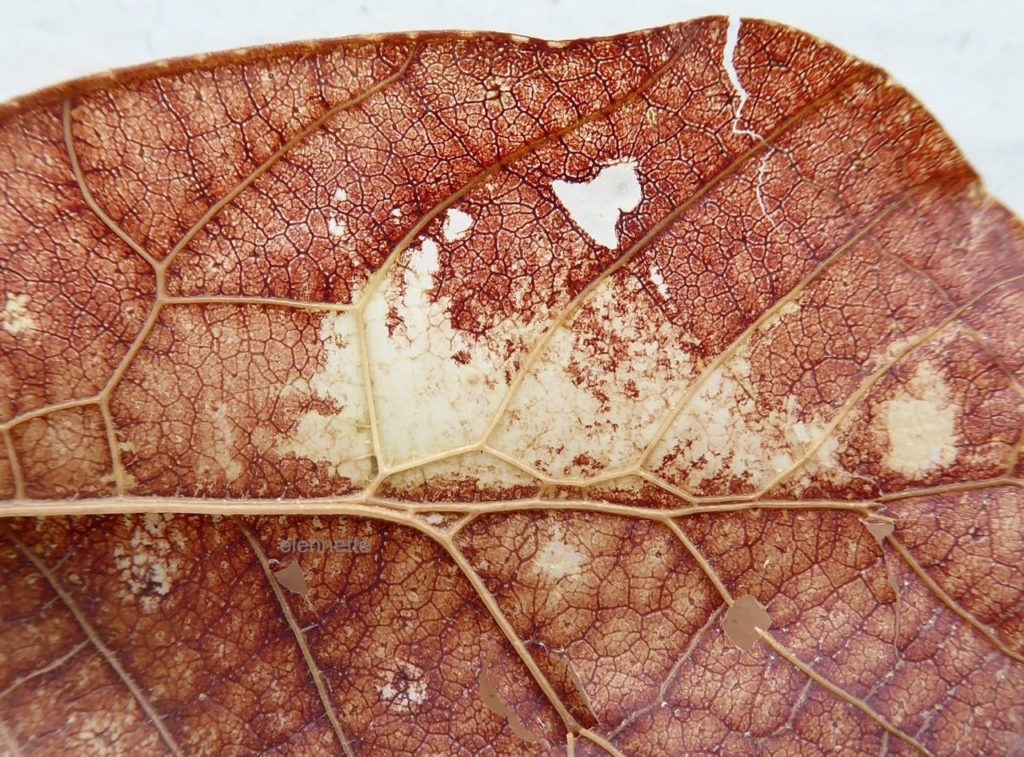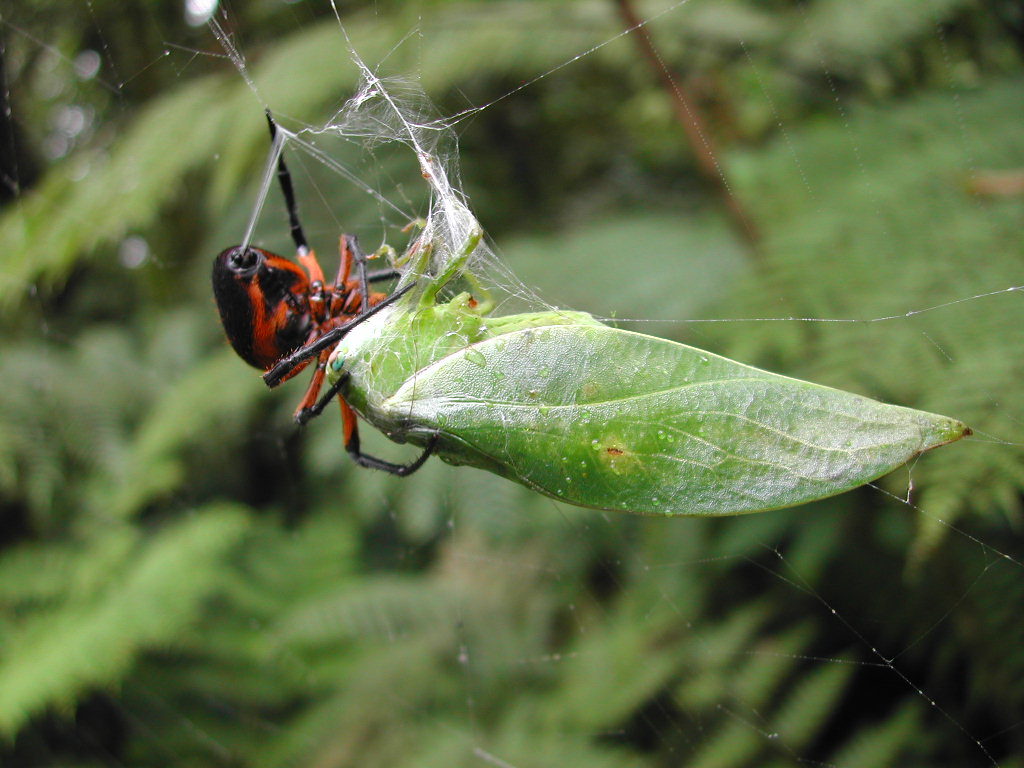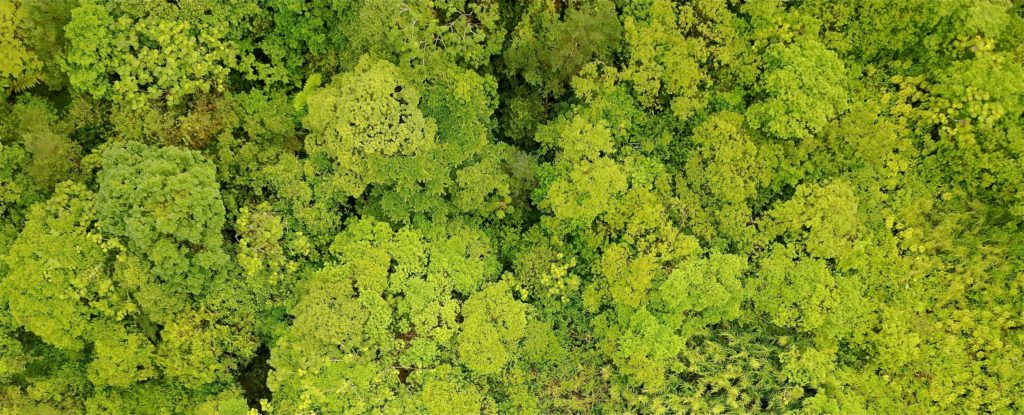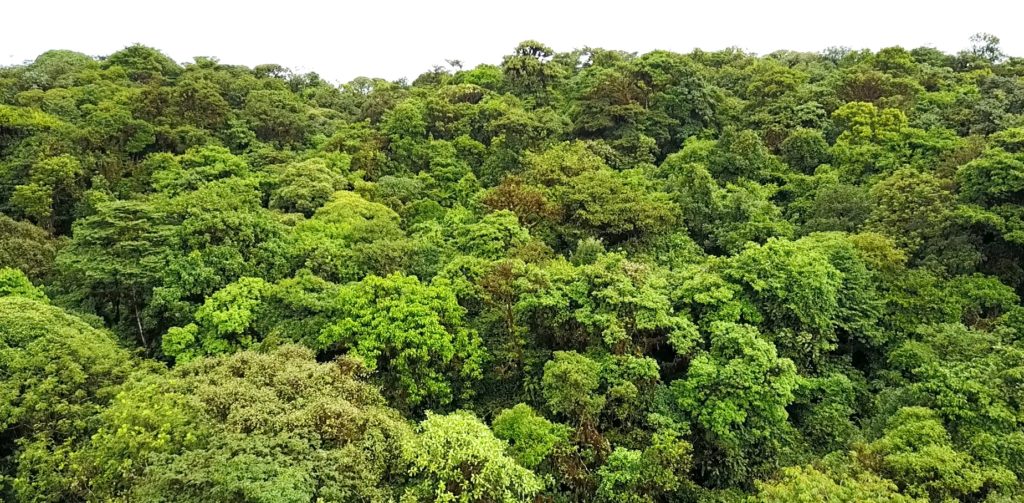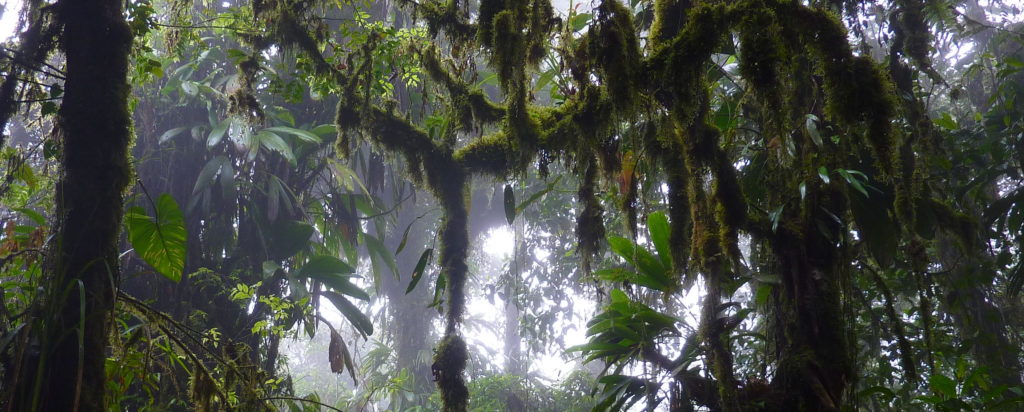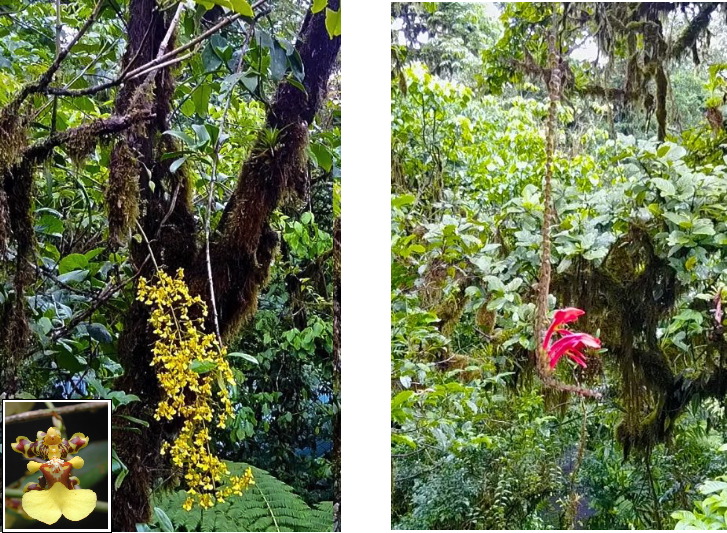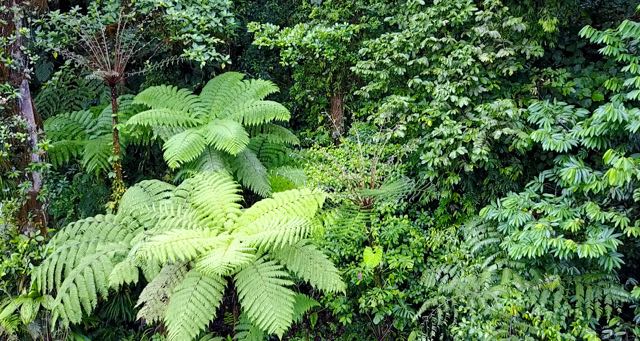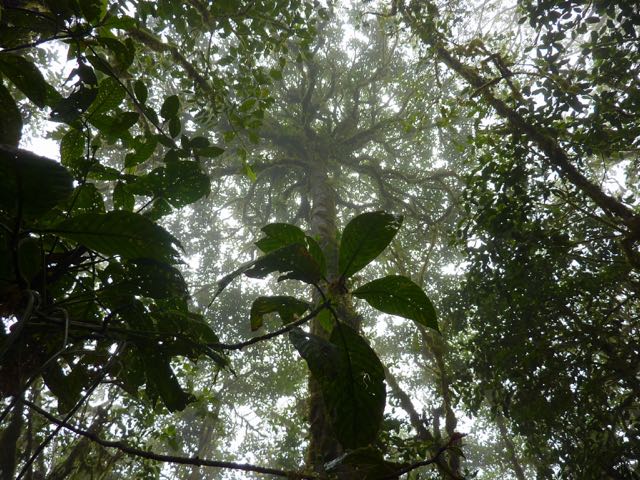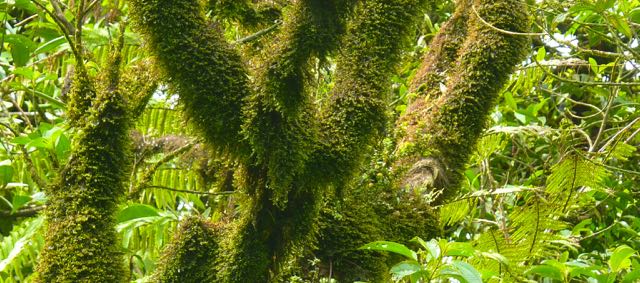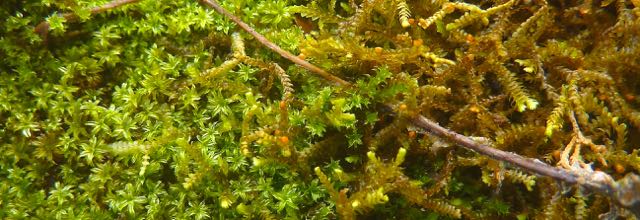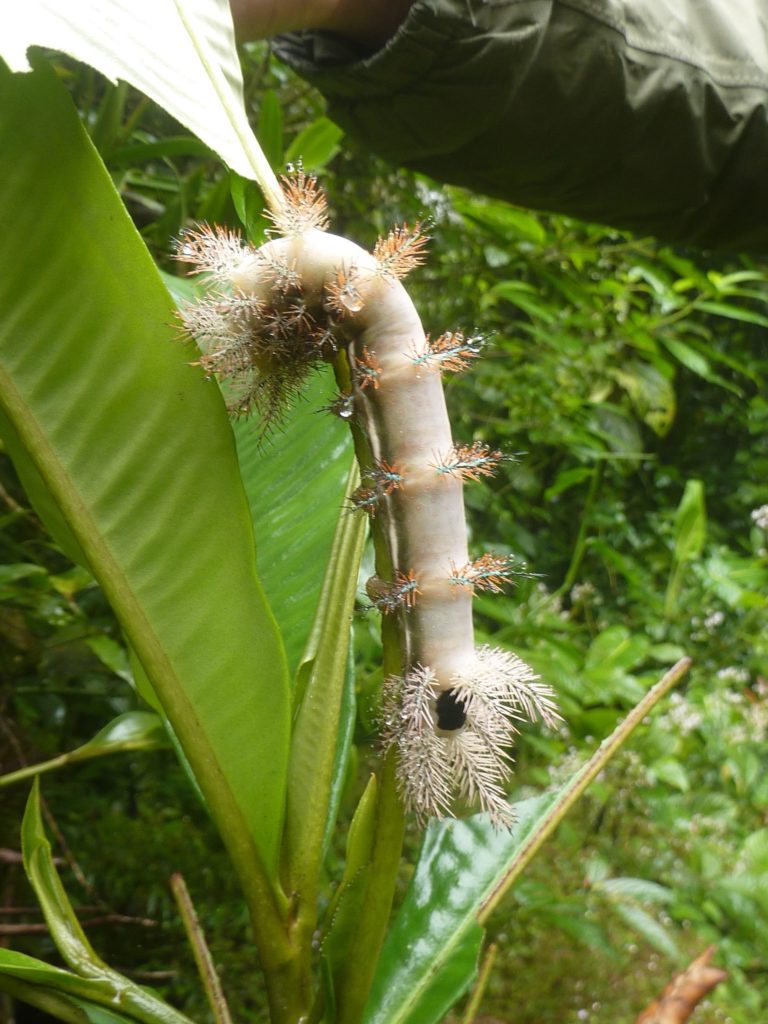Curious Tidbits on Cloud Forest Superbirds
Brrrrr…. It’s 52 °F in our cloud forest this morning. Not cold by northern-latitudes standard, but downright frigid for the tropics, especially for the two dozen species of Nectandra hummingbirds (of some 50 in Costa Rica).
Imagine the challenge in thermoregulation for an average size (4 in) hummingbird such as the Rufous-tailed hummer pictured below with a body weighing as little as a single grape (0.18 oz).
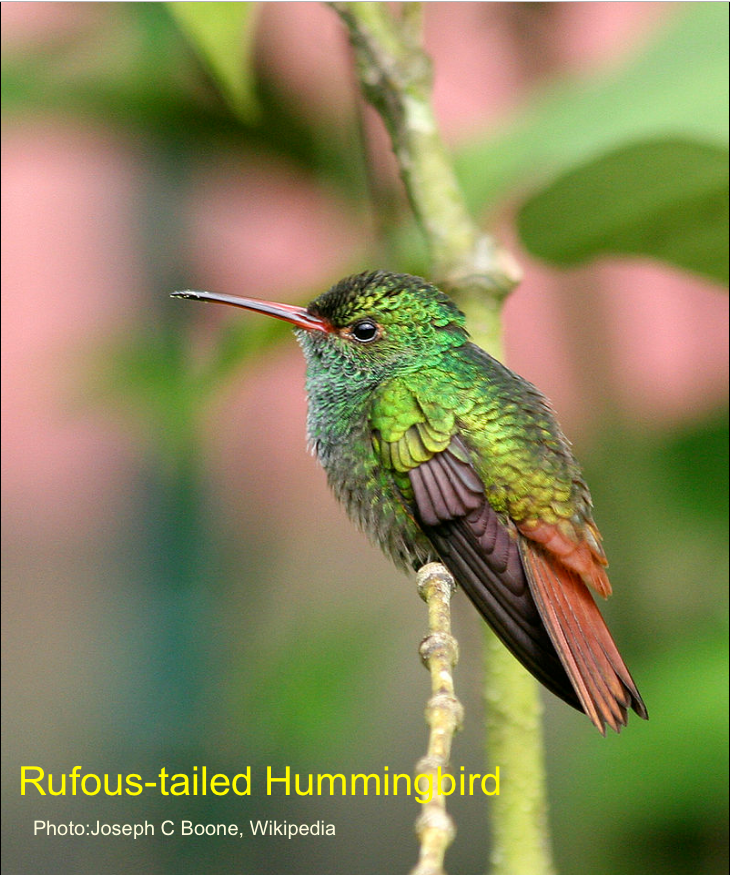
As most birds, it must maintain body temperatures between 100-108 °F to stay active. For these birds, foraging for food means to be able to keep heartbeats around 1200 beats/min to sustain wingbeats of 50-70/sec to fly at average speed of 34 mph. This flight ability allows the hummingbirds to hover about the flowers for nectar during feeding, and even to fly backward — unique acrobatic locomotion among avifauna. (Human: 60-100 heartbeats/min and jogging speed of 4-6 mph )
Anatomically, the hummingbirds have the largest relative heart to body size. The rufous-tailed’s heart constitutes 2.4% of its body weight (compared to ~0.5% of average human ). Its need for oxygen during flight translates into higher red blood cell density of 6.59 million/ml (~5 million/ml for humans).
To stay fit, hummingbirds must eat and drink a lot — more than half its body weight each day in nectar and twice in water, the equivalent of some 1000 flowers/day (favorite examples among many blossoms at Nectandra in photos below).
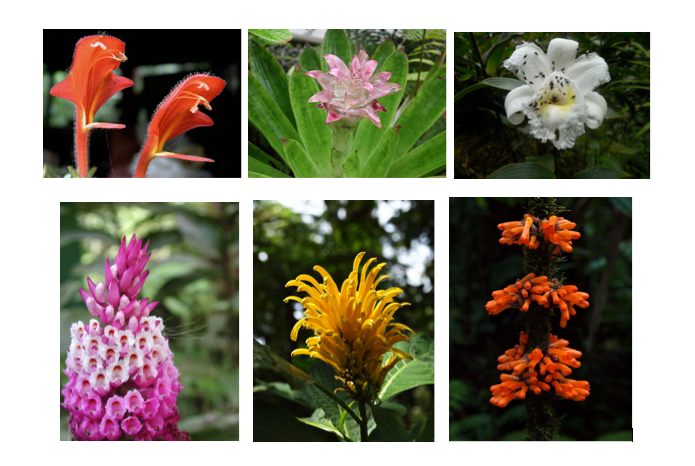
Bottom left to right: Elleanthus robustus, Justicia aurea, Besleria notabilis
Critical protein, fat and mineral supplements come from small insects, fruit flies, spiders, larvae, insect eggs, etc. (examples on Sobralia orchid, photo top right). These food items are extra-critical during egg laying and feeding of average clutch of two young birds (when the mother birds themselves do not eat).
In addition to the extra caloric need during motherhood, some hummers must store fat (about 0.1 oz), enough for 24-26 hr of long flights (longer than the 22 hr limit for Boeing 777 non-refueling flight). For example, the Ruby-Throated hummingbirds migrate across the 500 miles Gulf of Mexico. They can clock at 25 mph or 650 miles maximum, enough to cross the Gulf of Mexico non-stop with energy to spare. Rufous hummingbirds can migrate 1865 miles (with stops) between Mexico and Alaska/Canada.
The high metabolic rate creates interesting physiologic challenges. For one, the high caloric intake must be metabolized, channeled and expended fast enough not to overheat. As result, the hummingbirds have vastly efficient sugar digestion, increased tissue gas transport and matched respiration rate. To give an idea of what it takes to achieve the same high level of metabolism, an average human would have to consume 100 lb. of pure glucose per day. The corresponding human metabolism, however, would generate lethal body temperature equivalent to ~752 °F .
The tiny-bodied hummingbirds must work at marginal and exquisitely tuned energy balance. For example, to counteract the risk of overheating, hummingbirds do not have down feathers, even for those in the temperate-zone during winters. Instead, they rather conserve energy over long period, as during sleep, by going into a short hibernation state known as torpor — a lowering of body temperature to a steady minimum of around 60-70 °F, dropping 60-90% of its metabolic rate and >30% water loss in this torpor state.
Hummingbirds, in sum, are superbirds. Their rapidly adjusting metabolic rates, the highest of any animals, allow them to withstand great ambient temperature swings. They may be the smallest but have the largest heart, the greatest appetite and the sweetest tongues. They can fly the fastest and longest, besting the newest and longest range jet plane without refueling. They can hover and fly backward like no other, birds or machines.
Most of all, hummingbirds are undeniably among the most beautiful of birds with their flashy, iridescent plumage. Their feathers are wonders to behold — a topic worthy of another conversation. Please join me on a eye opening chin-to-tail hummingbird feather inspection in the next blog.
